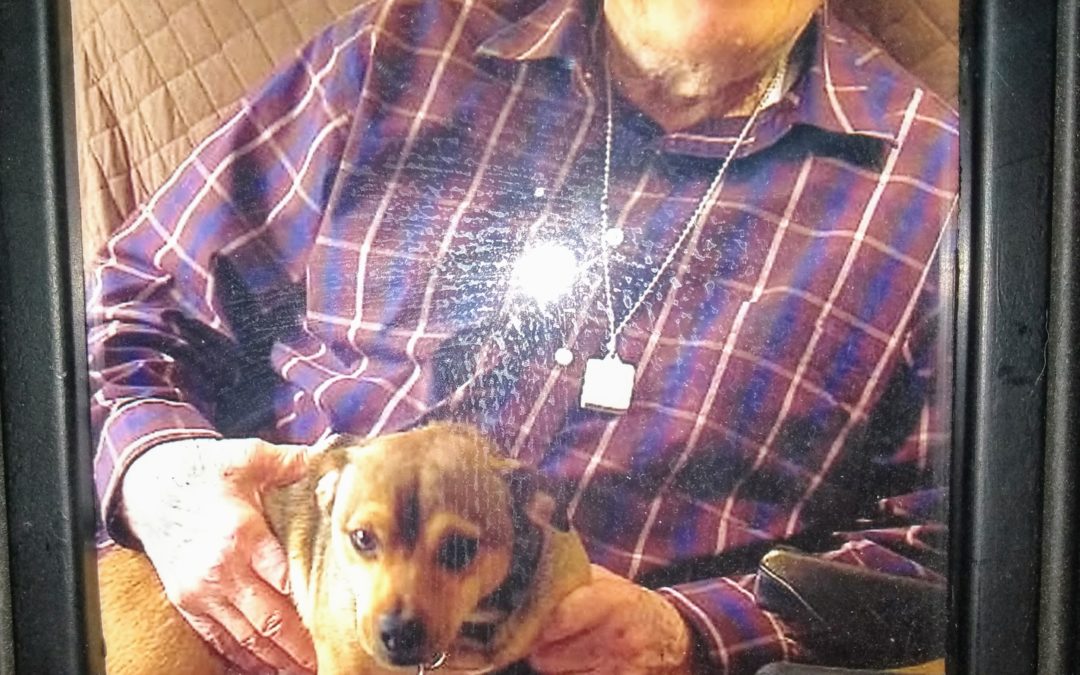“Is such a thing even possible?” Mike asked when I told him I was working on an article about creating a good death. Once I told him more about what I meant, he was intrigued and suggested we talk about it on The Alzheimer’s Podcast.
So…is a good death even possible?
I think it is. I’ve had the privilege of being present at the death of 23 people. Or, as I believe is more accurate, I’ve had the privilege of being present as 23 beautiful souls passed to the next phase. I’ve witnessed many passings I’d consider a good death. But before we dive deeper into what that might look like, it’s helpful to take a look at what we’d want to avoid during the dying process.
What we’d want to avoid
In my experience, the thing we’re most afraid will happen during the dying process is pain and suffering.
Add chaos, conflict, and loss of control to the mix, and a clear picture emerges of why people are afraid of death and often don’t want to talk about it.
Unfortunately, my dad’s passing falls into the bad death category. He was in excruciating pain his final 36 hours. Although he didn’t overtly acknowledge it, it became clear Dad knew this was it. He kept asking my mom, “When are the kids getting here [to California]?” as my brother caught a flight from Florida and my sister and I drove from Oregon.
By the time doctors figured out the problem (sepsis), he was in multi-organ failure and it was too late.
Pain and suffering? Check.
Chaos and loss of control? Check.
Conflict? Yes, that happened too, as the nurse threatened to tie Dad to the bed if he took off the C-PAP again and my brother and I verbally took the nurse apart limb by limb.
Also when the ICU team intubated Dad despite a POLST on file clearly directing them not to. “If you didn’t want that done, you shouldn’t have him in the ICU. We fix things here,” was the after-action explanation, as though we’d gone to the front desk at a hotel and requested the super-deluxe ICU suite with all the amenities (and interventions). Guess we shouldn’t have stepped out of the room to speak to the doctor in the family consultation room.
So what might a good death look like? Beyond the obvious (the opposite of my dad’s experience), we can be proactive in creating something positive.
What a good death might look like
The first question I ask my client families when we start working together is, “What are you hoping for?”
Meaning, how do you want the rest of this process to look? What’s most important? What decisions do you still need to make and need support with? “What are you hoping for?” is a useful starting place for this topic, too.
If you’re like most people, you can quickly list out a bunch of what you don’t want but may be a little vague on what you do want. That’s a great exercise. As you list out everything you don’t want the experience to be, what you do want naturally becomes more clear. You’ve probably heard of a birth plan; this is a death plan.
Creating a death plan
Just like a birth plan may call for a doula, a death plan can too.
End of life doulas are an incredible resource, providing support and practical help. For example, a doula can help you create a vigil plan. That not only creates peace, it significantly cuts down on opportunities for chaos.
End of life doulas work independently or as part of a hospice team. (Check your local area.) I believe a hospice team is invaluable; they’re the end of life specialists, after all.
Other things to consider when creating your plan include the environment and the atmosphere. Will this be at home? In a care community? Will music provide a soundtrack for the experience? If so, what kind? (I tell a story about music in Episode 52.)
Will you use candles? Aromatherapy? Will the room be cool or toasty? Will the rest of the family be invited in to the room? Are there enough chairs? Is it okay to tell stories and laugh? Will someone do Reiki? (Passing requires a lot of energy, and Reiki can give a needed boost…not only to your person, but you too.)
What about food and beverages? If it happens at a care community, they’ll almost certainly bring you a cart and make sure it’s well-stocked. During my grandmother’s passing, I had a crockpot of chili verde and pile of tortillas on the counter at my parents’. That turned out to be a really good idea.
Are pets allowed? My client Henry had a dog I took home with me the first night he was in the hospital. I brought him to visit Henry, who seemed to enjoy Curt snuggling up to him. I know it brought Henry peace when I assured him I’d always take care of Curt.
Will you get in bed with your person? Is the bed big enough to accommodate you both? Will each member of the family get some alone time with your person, or will it be a group experience?
Will clergy visit? Do you need to arrange for a priest to come do an Anointing of the Sick? Henry’s final visit with his pastor changed everything (for the better).
Use these questions as a launching pad to explore what’s meaningful to your person, to think about what would create the most peaceful, uplifting, and supportive experience possible. I hope you see that you have options and that a good death is indeed possible.

